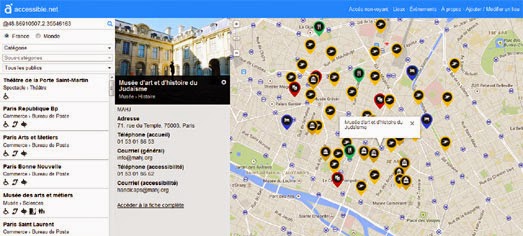
My favorite map of the last seven days is this beautiful guide to Dashilar. Dashilar is one of Beijing's better conserved districts. The area, named
after one of the city's most historical shopping streets, is known for
its traditional shops, tea-houses and Chinese opera houses.
Unfortunately the district has suffered in the era of China's rapid economic development & modernization and has seen several years of neglect.
The Dashilar Project is trying to regenerate the area, while also striving to sustain the district's historic character. The project includes this distinctive interactive map of Dashilar, showcasing many of the district's historical landmarks, shops and
hotels.

This week I also really admired this great mapped visualization of earthquakes caused by gas drilling in the Groningen region of the Netherlands. The
Earthquakes in the Groningen Gas Field map animates through the history of Groningen earthquakes in chronological order since 1987.
While the map animation plays a series
of related facts and other information scrolls across the bottom of the
map. The map also makes great use of sound effects to indicate when an
earthquake appears on the map, with a different sound used for the more
significant quakes.
It is worth viewing the whole of the animated visualization. When it
finishes you are rewarded with a link to an in-depth investigation into
the effect of the quakes on the people and buildings of Groningen.

Mapbox has a new Picture Book map style resplendent with illustrations of famous landmarks around the world and a custom font. If you like the
look of the Picture Book map style you can fork it on
GitHub.
But before you go forking willy-nilly you might want to give the map a
quick look-see. To introduce the new map style Mapbox has released a fun
map quiz. Your task in the
Landmark Quiz
is to answer fifteen questions, correctly identifying the locations of
famous landmarks around the world. While you play the quiz you also get
the chance to see some of the amazing landmark illustrations on the map.



















































